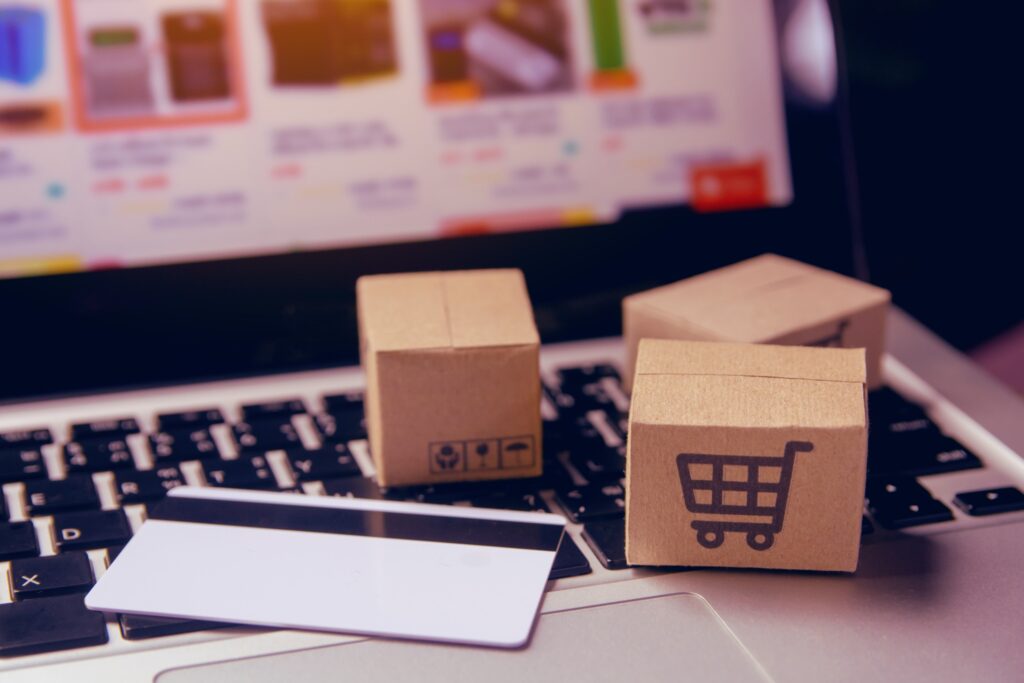Boosting Sales with Upselling and Cross Selling: Strategies for WooCommerce

The world of ecommerce websites can be cutthroat, especially as you try to boost your sales to keep up with the competition. Two effective sales strategies are Upselling and Cross Selling products to customers. Although they’re related, knowing the difference between upselling and cross-selling and how to effectively implement them could be a turning point for your WooCommerce site.
What Is Upselling?
Upselling is persuading a customer to upgrade their purchase to a higher value version of the product or to buy multiple of the same product. An example of upselling would be to persuade the customer to upgrade to a higher quality laptop than the one they had previously planned to purchase.
What Is Cross-Selling?
Cross-selling is selling complementary products that go along with an intended purchase, but that don’t replace the original purchase and are different products. In our example of the laptop, cross-selling would be selling a laptop case and external hard drive along with the device.
Cross Sell vs Upsell

While both cross-selling and upselling help to increase the final sale price of the product, there are some distinct differences between the two. Upselling convinces a customer to buy something different than their original purchase. Cross-selling adds other products to the original purchase.
A simple way to think of it is that upselling is increasing the sale by changing the original product to a higher value version (or multiple of the same version), while cross-selling is increasing sales by adding different, complementary products. One is switching out a product, the other is adding different products to it.
Upselling and Cross-Selling on WooCommerce
Upselling and cross-selling tactics can help increase the average sale amount and improve the lifetime value of a customer. Although the strategy of upselling and cross-selling is the same between a traditional brick-and-mortar store and an ecommerce site, the implementation and tactics can be a bit different. Here are our tips and tricks when upselling and cross-selling on your ecommerce site.
How to Upsell
- Upsell during the checkout process: The checkout process is an ideal time to offer an upgraded product that the customer may not have been aware of before. Make sure to highlight the product’s better features, allowing them to compare to what is already in their cart.
- Don’t be pushy: No one likes an overly aggressive tactic or an overt sales tactic. Keep things realistic, reasonable, and a bit more subtle.
- Don’t overdo the price: Don’t try to make the customer jump from a $15 product to a $150 product. Smaller price increases are more likely to be successful.
- Offer a bulk discount: Offering a discount when a product is bought in bulk and highlighting the savings is a great way to increase an overall sale.
How to Cross Sell
- Cross sell during the checkout process: Similar to upselling, the checkout process is a great time to suggest a change to the purchase. Use this time to suggest related products to round out their purchase during their last moments of contemplation.
- Track customer habits: Tracking customers’ spending and browsing habits allows you to suggest complementary products you know they are interested in, and more likely to purchase if persuaded.
- Offer extended warranties on products: A simple but overlooked cross sell is to offer extended warranties on products. This cross sell has the advantage of also helping a customer feel safer purchasing.
- Use a carousel of related products: A subtle way to cross sell is to customize a carousel under a product to suggest related purchases.
- Allow customers to easily add products: When suggesting a complementary product, especially during the checkout process, don’t make adding that product to their cart a complicated process. Make it as smooth as possible to keep a customer on the purchase path.
Using the Right Plugins

Part of any successful upselling and cross-selling strategy is to use quality plugins to help you through the process. These plugins can help track customer habits, suggest the correct higher-value or complementary products, and facilitate the checkout process. A faulty plugin can result in a sluggish shopping and checkout experience for your customers, translating to less sales.
Payment Plugins offers quality plugins that are built to expand and change with your ecommerce site’s needs. Payment Plugins partners with some of the biggest names in the online payment field to offer free downloads of Stripe, Braintree, and PayPal plugins. Download our free payment plugins and see what an efficient and secure plugin can do for your online business.

